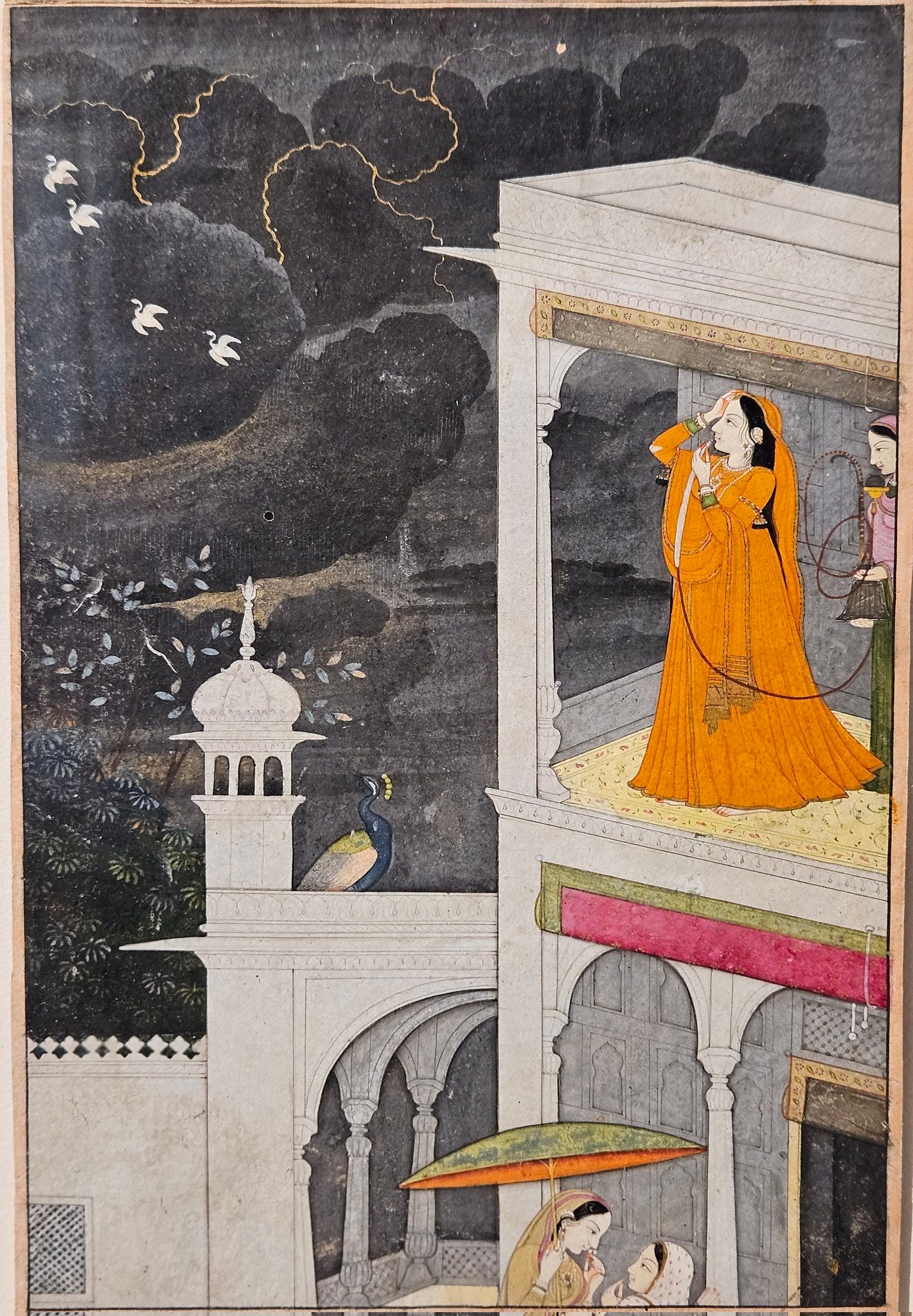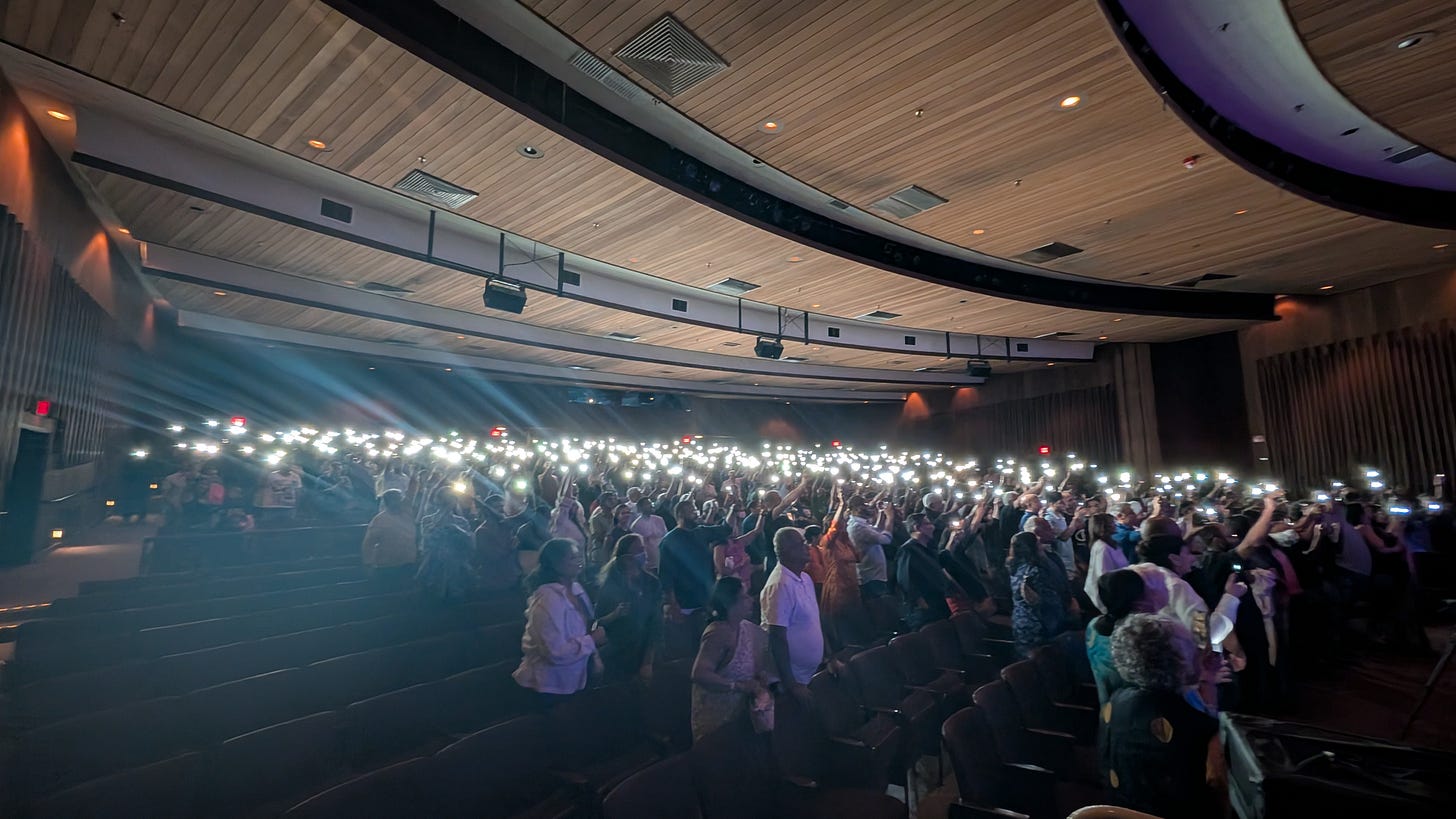Bole re papihara and the magic of Raag Miya Malhaar
From India's monsoon-powered history to the music it inspires. This post goes deep into Raag Miya Malhar and the classic "Bole re Papihara". I share my favorite renditions of this 18th century Khayal.
Monsoons have been an integral part of ancient and modern India, shaping everything from agriculture and the economy to politics and culture. People celebrate the arrival of rains, plan their crops and harvests, and also decide on travel, weddings, and other essential activities around the rains.
I was inspired to write this after watching a recent lecture about the book, The Golden Road, by William Dalrymple. In his book, he describes how early navigators utilized monsoon winds to travel to and from the subcontinent, and these trade routes have been active at least since the early Roman period. India and much of the civilized world exchanged Spices, Fabrics, cultural artifacts, languages, Gold, and much more for thousands of years. He argues that the “Golden Road” had a profound impact on Near Eastern civilizations and South East Asia, and predates the more popular “Silk Road.”
The monsoon supported India's population and enabled the development of multiple complex civilizations. Its variability created the patterns of abundance and scarcity that shaped the subcontinent's development over millennia.
The Legend of Miya Malhar
Malhar is synonymous with the monsoons and the rainy season. It is an ancient raag that several prominent musicians have sculpted over the centuries. Miya Malhar stands out in this pack as the most popular and is still performed widely by musicians, young and new.
Raag Miya Malhar is attributed to Miya Tansen, and contains aspects of both the Malhar and Kanhara (or Kaanada). Shudh Malhar, which forms the stencil for this Raag, is characterized by the notes - Ma (ma) Re Pa and Ma Pa Sa’ Dha Sa’, and borrows Kanhara’s Komal & Shuddh Nishad (flat 7th and 7th) in the form of ni Pa Ma Pa (Ma) ga (Ma) ga Ma Re Sa, and finally includes the iconic Ma Pa ni Dha Ni Sa’
Bole re Papihara (lyrics and meaning)
This song was initially composed by Naimat Khan (court musician to the Mughal King Mohd Shah Rangeela - c.1719 to c.1748), popularly known as Sadarang. However, it became a household name after singer Vani Jayaram sang a version of this song for the movie Guddi. It was adapted for film by the composer Vasant Desai. Here’s the original bandish as Sadarang composed it.
बोले रे पपिहरा पपिहरा
bole re papihara papihara
The cuckoo is singing, O cuckoo
अब घन गरजे
ab ghan garaje
Now the clouds are thundering
ऊं ऊं कर आयी बदरियां
oon oon kar aayi badariyan
The clouds have come making rumbling sounds
बरसन लागे सदरंगली
barasan laage sadarangali
The colorful (rain) has begun to pour
मोहम्मद शाह दामिनिसी कौंद चौंद
mohammad shah daminisi kaund chaund
Mohammad Shah, with lightning flashing around
मोरा जियरा लरजे
mora jiyara larje
My heart trembles/quivers
Favorite renditions of this Khayal
Like most of you, I first heard the Bollywood version of this song. It was a popular song to play during the rainy season, as it perfectly captures the mood of the season. The call of the cuckoo bird signals the arrival of rain, and words to describe lightning, thunder. Many Malhar compositions emulate this song structure and attempt to fit rain sounds into the Malhar mould. Folklore suggests that a musician can invoke the rains with this powerful rendition of this raag.
Pt Kumar Gandharva’s version of this song is my favorite. He delivers the khayal in his signature style with powerful thaan-filled sections.
Following this masterpiece is a rare recording of Pt. D.V. Paluskar singing the Sadarang khayal.
Finally, I’ll end with a more recent rendition by Vidushi Ashwini Bhide Deshpandeji.
I hope the combination of ongoing rains, combined with the many versions of Bole Re Papihara, captivates you. We’re truly blessed to have it all, the rains, the melody and musicians who keep the flame of Miya Malhar burning bright.
Opening for Indian Ocean in San Jose
Some of you have been following along on my personal music journey. Here’s a recent highlight that I’m honored to share with you: opening for Indian Ocean in the Bay Area.
Boomm (our band) opened for one of India’s oldest folk-rock acts on their 2025 US tour. The concert was a fundraiser for the local non-profit Maitri at the Smithwick Theatre in Los Altos, and since it was close to Mother's Day, we played a 25-minute set dedicated to Womanhood and Mothers.
I played crunchy electric guitars and created music with eight fellow musicians in front of a packed house of 950. Truly an unforgettable night. Here’s a shot of the audience from much later when Indian Ocean played.



